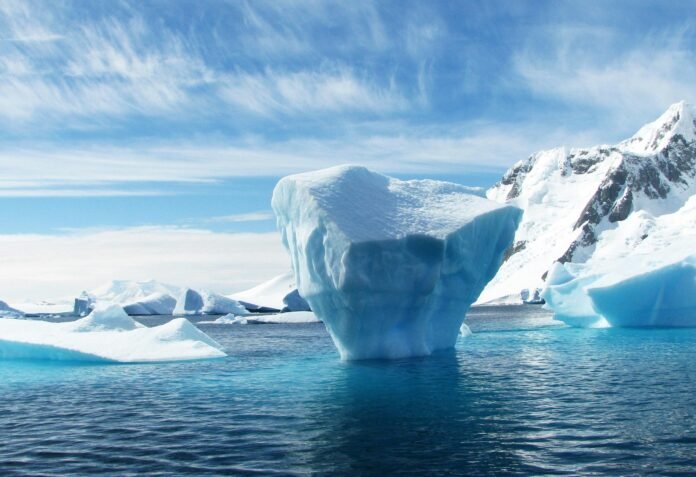Australian scientists have announced the discovery of several potential new marine species during a recent expedition in East Antarctica, offering valuable new insights into Antarctic biodiversity and climate change.
The findings resulted from a 60-day collaborative research mission involving four scientific organizations, including the Australian Antarctic Program (AAP). Scientists aboard the RSV Nuyina, a state-of-the-art research icebreaker, explored marine ecosystems and studied climate-related changes affecting the Denman Glacier.
Remarkable Marine Discoveries
Researchers collected specimens of well-known Antarctic marine species such as sea cucumbers, isopods (small crustaceans), and sea butterflies—tiny snails that flutter gracefully through the water. Additionally, the team uncovered several entirely new species, including unusually large sea spiders as big as a human hand, starfish as large as dinner plates, and unique regional octopuses.
READ MORE: Lichens Thrive in Harsh Mars-Like Conditions, Groundbreaking Study Finds
Dr. Laura Herraiz Borreguero, a member of the expedition, shared her excitement about the novel observations, especially concerning sea butterflies. For the first time, the researchers documented the development of “pteropod” eggs after witnessing one laying eggs in an onboard aquarium. “Observing and caring for these tiny creatures is incredibly exciting. We expect they’ll reveal many hidden secrets,” she remarked.
Assessing Climate Impacts at Denman Glacier
Alongside biological discoveries, the scientists focused on the impacts of warming waters on the rapidly retreating Denman Glacier, one of East Antarctica’s fastest-melting glaciers. Analysis indicated the glacier had retreated approximately 5 kilometers (3.1 miles) over the past two decades.
The expedition included critical assessments of water temperature, salinity, and oxygen levels at various depths near the glacier. Borreguero emphasized the importance of direct access to these areas, stating, “Understanding how much heat enters the ocean requires proximity to the glacier. These measurements are essential for grasping these processes and ocean characteristics.”
Advancing Climate Models and Strategies
Borreguero highlighted the expedition’s broader implications, noting that direct observation of these environmental changes helps refine climate models. This deeper understanding is crucial for developing informed strategies for climate change prevention and adaptation.
“Observing these changes allows us to continuously test climate models and develop targeted strategies,” she explained. The scientific team departed in February and is set to return to Hobart, Australia, in early May, bringing back invaluable data and samples for further analysis.
This groundbreaking research underscores Antarctica’s critical role in biodiversity and climate studies, providing essential insights for global scientific communities.
